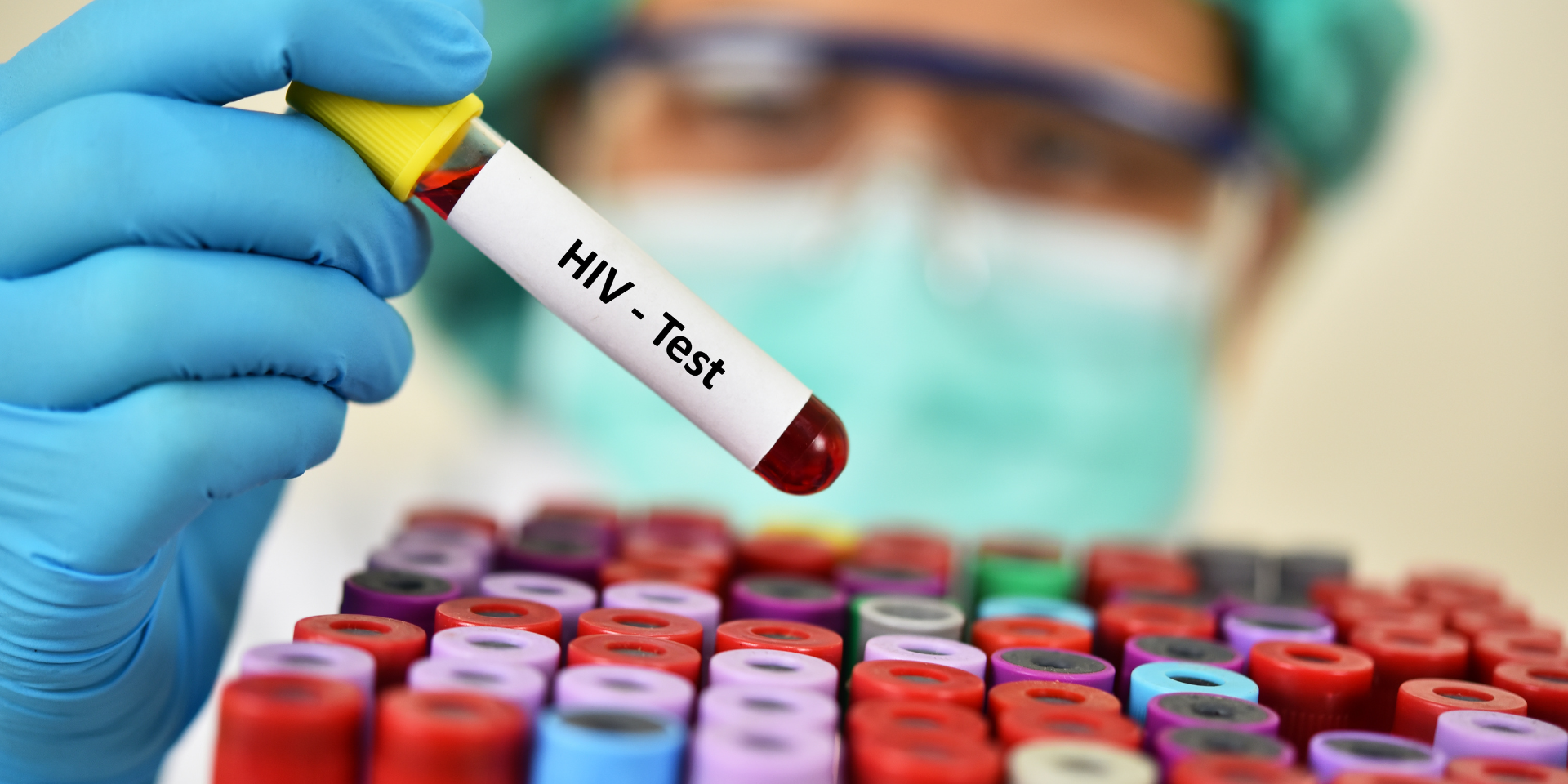
Understanding HIV is crucial for everyone, and it’s essential to dispel the fear and secrecy surrounding it. As we commemorate World AIDS Day, the significance of shedding light on this virus is heightened, emphasizing the need to share knowledge widely. HIV, or the Human Immunodeficiency Virus, attacks the immune system, specifically the CD4 cells that help the body fight infections. If left untreated, HIV can progress to AIDS (Acquired Immunodeficiency Syndrome), a more severe stage of the infection. It’s important to note that once a person has HIV, it stays in their body permanently.
Now, let’s explore how the virus spreads and the stages, signs, and symptoms after being affected.
How does it spread?
The virus is transmitted from one person to another through specific bodily fluids, including blood, semen, breast milk, and vaginal fluids. It can also spread from a mother to her baby. HIV cannot be transmitted through sweat, saliva, or urine.
What are the stages, signs, and symptoms after being affected?
Symptoms can vary among individuals, depending on the person and the particular stage of the disease they are in. The only way to determine whether you have HIV is by undergoing testing.
Stage 1: Acute HIV Infection
In the first few weeks after infection, some individuals may remain asymptomatic, while others may display flu-like symptoms, such as:
- Headaches
- Sore throat
- Fever
- Skin rash
- Chills
- Fatigue
Stage 2: Chronic HIV Infection
This stage is called asymptomatic HIV infection or the clinical latency phase. HIV is still active and continues to replicate, albeit at minimal levels. Individuals in this stage may not exhibit any symptoms or become ill, yet they can still transmit HIV. Without treatment for HIV, individuals in this phase can persist for ten years or more, although some may progress through this stage more rapidly, while individuals who adhere to their prescribed HIV treatment may avoid progressing to Stage 3 (AIDS).
Stage 3: Acquired Immunodeficiency Syndrome (AIDS)
This is the severe phase of HIV infection. Individuals diagnosed with AIDS may carry a substantial viral load, making it more likely for them to transmit HIV to others. In the absence of HIV treatment, individuals diagnosed with AIDS typically have a life expectancy of approximately three years. However, it may depend on the individual as well.
Common signs and symptoms of AIDS include:
- Frequent fever or excessive night sweats
- Extreme and unexplained tiredness
- Rapid weight loss
- Diarrhea lasting beyond a week
- Persistent enlargement of lymph glands in the armpits, groin, or neck
Is there any treatment?
Currently, there is no cure for HIV infection. However, antiretroviral therapy (ART) is available to bolster the immune system, enabling individuals to combat other infections better. It is necessary to take ART on a daily basis. Most people can get the virus under control within six months.
There are two forms of treatment:
- Individuals initiating treatment typically receive pills.
- For those with an undetectable viral load or those who have maintained viral suppression for a minimum of 3 months, shots may be administered on a monthly or bi-monthly basis.
Nutrition aspect
There isn’t a particular food that serves as a cure for HIV. The focus is on consuming a well-balanced diet to bolster the immune system. However, since HIV weakens the immune system, it makes individuals with HIV more susceptible to severe and prolonged consequences from foodborne illnesses compared to those with a healthy immune system. Consequently, ensuring food safety becomes crucial in managing the well-being of individuals living with HIV.

Living with HIV involves a comprehensive approach, integrating medical care, a healthy lifestyle, and proper nutrition. Early detection, coupled with access to effective antiretroviral therapy and attention to nutrition, enables individuals to lead fulfilling lives while managing the impact on their immune system. Regular communication with healthcare professionals is crucial for monitoring the disease and adjusting treatment and lifestyle as necessary. It’s essential to recognize that addressing the stigma surrounding HIV is akin to illuminating a dark room. Through open discussions and information dissemination, particularly on occasions like World AIDS Day, we empower people to comfortably talk about, get tested, and seek appropriate treatment. Cultivating a non-judgmental and inclusive community creates an environment where everyone can live healthy lives without fear.
Looking for a general practitioner to ask more about HIV?
Check out this link here to find experienced urologists to address your concerns and provide personalized recommendations.
Saleha, Nutritionist













